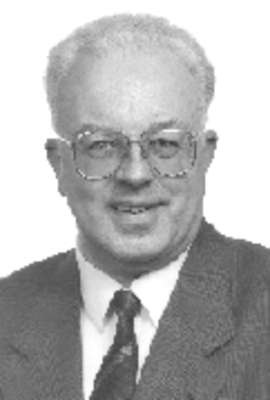Rul Gunzenhäuser studied mathematics, physics, and philosophy at the Stuttgart Institute of Technology (now: University of Stuttgart) and University of Tübingen. After his state examination for high-school teaching, he finished his doctoral studies in 1962 with the degree of a Dr.phil. His thesis advisor was Max Bense (philosophy). He worked as a “scientific assistant” at the Computing Center of the Stuttgart Institute of Technology, as associate professor at the State University of New York, and as a professor of Applied Mathematics and Didactics at the College of Education, Esslingen (Germany).
His dissertation established a connection between Birkhoff’s “Aesthetic Measure” and the “Information Aesthetics” developed by Max Bense, Abraham A. Moles, and Helmar Frank. Information Aesthetics was based on Shannon’s information theory and, thus, on the concept of the work of art as an arrangement of elements chosen from a discrete repertoire of “signs” whose probability distribution was needed across the work (in space or/and time).
Birkhoff’s idea was essentially that the aesthetic measure depends on measures of order and complexity. He actually defined the measure of aesthetics in a given work as the quotient M = O / C , where M is the measure of aesthetics, O that of order, and C that of complexity. Gunzenhäuser’s contribution was to take redundancy (according to Shannon) as O, and statistical information as C. Whereas Birkhoff was taking a macro-aesthetic perspective, that of Gunzenhäuser was micro-aesthetics.


